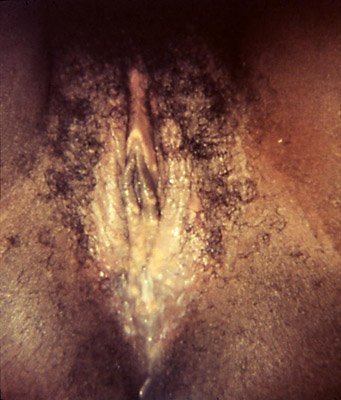
The wait for the shingles vaccine continues, and figures to get even longer, as word spreads that the Food and Drug Administration has approved its use in 50- to 59-year-olds.
The Centers for Disease Control and Prevention has not yet incorporated the FDA’s March 24 announcement into its recommendations. the Advisory Committee on Immunization Practices, which makes vaccine recommendations to the CDC, is expected to discuss the topic next month.
Many facilities and insurance companies say they will wait for CDC approval to make the vaccine available to the 50-59 age group. the vaccine costs $180 to $220. Medicare part D covers it, but some insurance companies do not.
An estimated 1 million Americans a year — 200,000 of them between the ages of 50 and 59 — battle the painful, blistering condition known as shingles. It is a disease caused by the varicella-zoster virus, which is part of the herpes family and is the same virus that causes chickenpox.
After an attack of chickenpox, the virus lies dormant in certain nerves in the body. for reasons not fully understood, the virus can reappear in the form of shingles, “more commonly in people with weakened immune systems and with aging” the FDA stated in a March 24 media release.
”the likelihood of shingles increases with age,” said Dr. Karen Midthun, director of the FDA’s Center for Biologics Evaluation and Research. “the availability of Zostavax to a younger age group provides an additional opportunity to prevent this often painful and debilitating disease.”
”We get calls every day for it,” said Kristin Campbell, office manager at Lima’s Pharmacy in McKinleyville. “It’s back-ordered until June.”
Campbell said she has 25 people on her waiting list and 20 vaccines due to arrive next month.
Costco pharmacist Derby McLaughlin said his list numbers 119.
”We’ve been out of it for maybe four or five months,” he said. “We just got it back in stock now — maybe 40 vaccinations — and we are constantly trying to re-order.”
Cloney’s pharmacist Richard Spini said more than 200 names dotted his waitlist last fall.
”the 20 vaccines we just got is a release from about four months ago,” he said. “That’s how far behind Merck is. We have orders in, but they tell me they aren’t going to fill them for another four months.”
”Manufacturing issues” is the reason Merck gave for the backlog, according to other news reports.
Since 2006, a vaccine called Zostavax has been available to people age 60 and older. It was credited with a 55 percent reduction of people developing shingles and a 67 percent reduction in pain at the site of the rash that can persist for weeks, months or years.
”now that they’ve lowered the age, a lot more people are eligible and it is apparently more effective when given at a younger age,” Spini said.
The FDA announcement to lower the age of approval was based on a multi-center study of 22,000 people ages 50 to 59 conducted in the United States and four other countries. Half the group received Zostavax and half a placebo. Participants were monitored for at least one year to see if they developed shingles.
”Compared with the placebo, Zostavax reduced the risk of developing shingles by approximately 70 percent,” the FDA stated.
Shingles is characterized by a rash of blisters that tend to develop in a strip around one side of the body, usually in the upper quadrant of the head, along the shoulder and upper back or around the abdomen.
Pain, or in some cases a burning sensation or itch, usually appears one to five days before the blistering rash. other symptoms include upset stomach, fever, headache or chills.
The rash scabs over in 10 days and clears up within two to four weeks, but one in five people will develop serious, long-term pain known as postherpetic neuralgia.
Other complications may include blindness, skin infections and neurological problems associated with hearing, balance, facial paralysis or brain inflammation.
”I’ve known people whose lives were destroyed by it,” Dr. Alan Glaseroff told Tri-City Weekly in a story posted online March 1.
In younger people, Glaseroff said, it tends to be “the rash, a couple of weeks of pain, the memory of it and then it’s over. in old people, it can be a lifetime of pain.”
The CDC reports one out of every three people in the United States will develop shingles.
Half of all shingles cases occur in men and women age 60 and older and half of all people living to age 85 will ultimately deal with it, the CDC says. yet only 10 percent of the over-60 age group took advantage of the vaccine in 2009.
St. Louis Cardinals manager Tony La Russa wasn’t among them. the 66-year-old was reportedly diagnosed with shingles by the Mayo Clinic early in may. the appearance of his right eye and head — and the obvious pain and discomfort visible at press conferences — raised awareness of the disease in the Midwest and may help some determine the wisdom of vaccination.
”in the case of shingles, a picture is indeed worth a thousand words,” said Cindy Denbo, executive director of Area 1 Agency on Aging.
——
Carol Harrison is a freelance journalist commissioned by Area 1 Agency on Aging to produce this column twice a month.